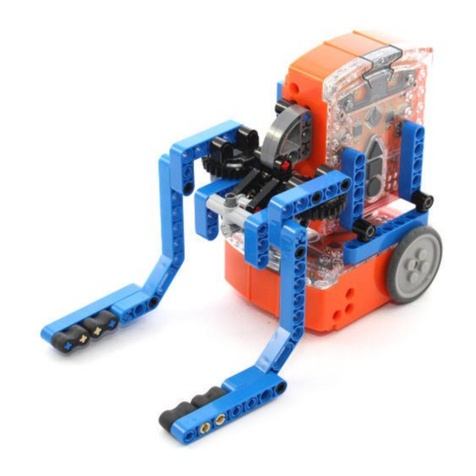Contents
Welcome!...................................................................................................................3
Setting up Edison.......................................................................................................3
Get Edison ready....................................................................................................3
Get your programming devices ready.....................................................................4
Setting up Windows computers...........................................................................4
Setting up Mac computers ..................................................................................5
Setting up tablets ................................................................................................5
Meet Edison...............................................................................................................7
Edison’s sensors, buttons and switches .................................................................7
Connecting Edison to a computer or tablet.............................................................8
Programming Edison..................................................................................................9
Barcodes ..............................................................................................................10
EdBlocks...............................................................................................................11
EdWare.................................................................................................................12
EdPy.....................................................................................................................13
Teaching with Edison...............................................................................................14
What to teach first.................................................................................................14
Teaching the programming languages .................................................................14
Troubleshooting .......................................................................................................15
Where to start.......................................................................................................15
Line tracking.........................................................................................................15
Obstacle detection................................................................................................15
Where to get help .................................................................................................16
Looking for more ideas?...........................................................................................16
Checklist: setting up for success with your Edison robot..........................................17





























